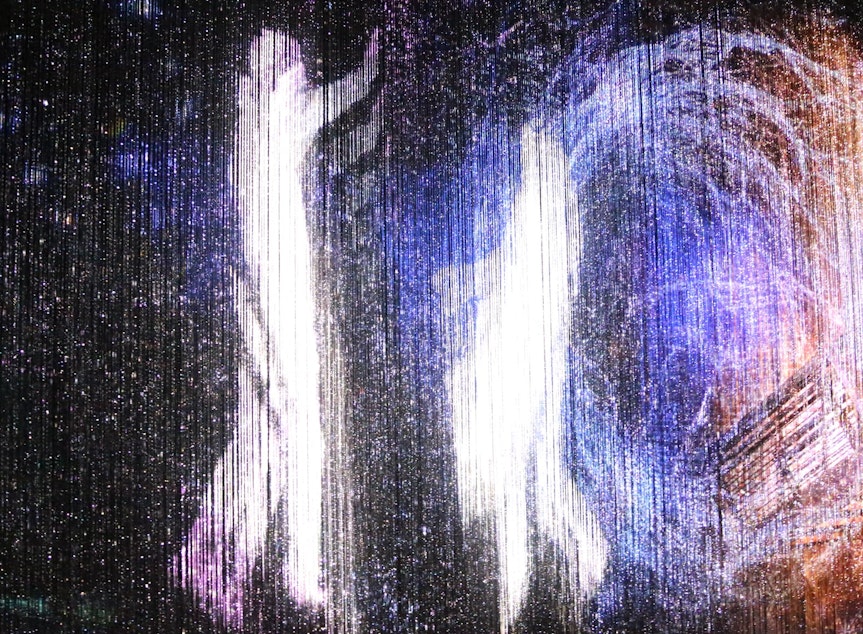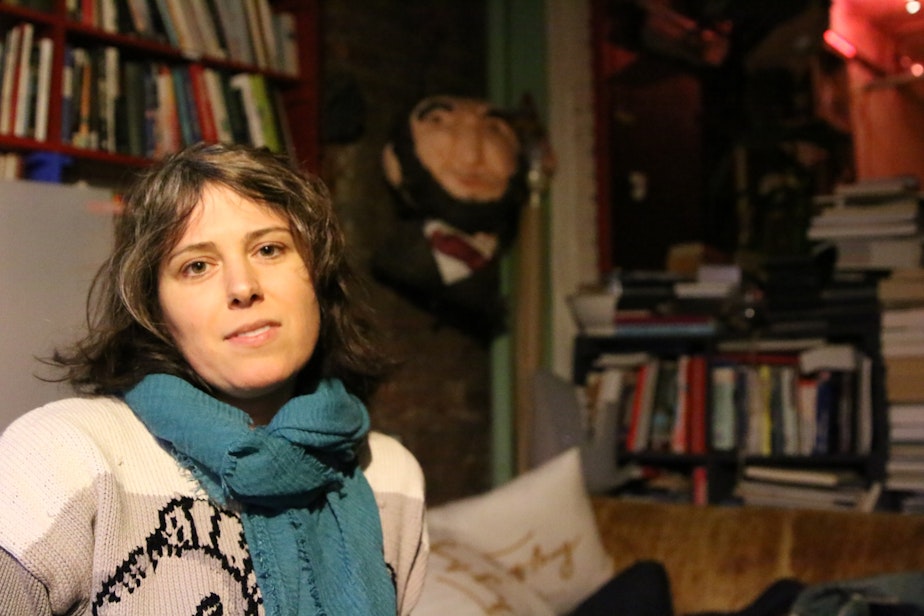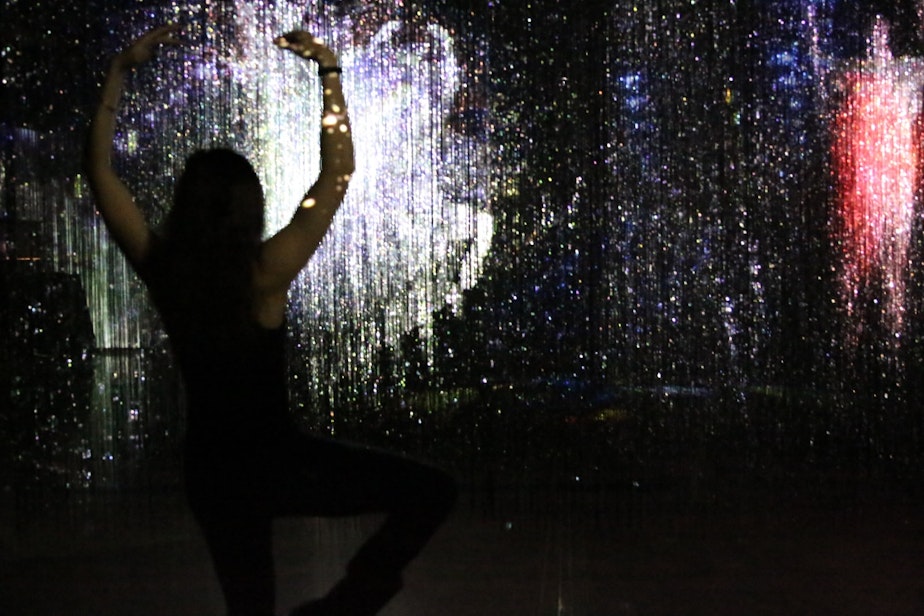How to turn Amazon workers into art patrons? Technology

What advice would Seattle nonprofits give to their peers in Long Island City, Queens, where Amazon is opening another headquarters? Listener Lisa Myers Bulmash, an artist who lives north of Seattle, wanted to know.
Artists in Queens also want an answer to that question. Ten minutes from Amazon’s HQ in Queens, there’s a scrappy arts collective called Flux Factory. Maya Seuss works there.
“New York City is an amazing supporter of the arts,” Seuss said. “I think that is possible because of taxes. So I’m worried about the tax breaks that they’re giving to Amazon.”
Flux Factory does collaborative art work involving the community. Artist Jaime Iglehart worries that will end when Amazon comes. “If Amazon comes, we might not be here, in which case there will be no collaboration.”

A Queens area artist who goes by CZ said if democratically elected officials don’t undo the Amazon deal, she’ll use “nefarious means," including "late night things happening in a building,” she said. “Putting things in machines so they don’t function, if it gets to that point.”
Sponsored
The concerns these artists voice are real: In Seattle, many artists were priced out because they couldn’t compete with rising rents. Many art spaces have closed.
But one that survived has some tips to share. MadArt Studio, near Amazon in Seattle, has discovered: Amazonians like technology.

In a recent exhibit, artist Maja Petric used Xbox Kinects controllers to make art. The show was a big success.
Amazon employee Noah DuBose visited this exhibit almost 20 times, often bringing coworkers who are designers. “They all love it,” she said. “And some of them will try to figure out the technology. Some figured it out, and some didn’t. But overall, it’s a great, interesting and unique experience.”
Sponsored
In a dark room, a light projected a 3D image of gallery visitors onto a matrix of strings studded with reflective materials. It’s hard to explain — kind of like seeing a version of yourself made of stars.
Amazon workers don’t have a lot of time, but DuBose made time for this exhibit, visiting it one final time on its last day.
“To me, this is important,” she said. “It’s like sharpening your knife: You can’t just keep using it without recharging it – sharpening it. And this is how I recharge, so I can have new and fresh ideas.”
Exploring technology has helped this gallery find common ground with Amazon employees. And the mutual interest isn’t limited to new technology. Gallery director Emily Kelly said the next artist showing here, Taiji Miyasaka, will focus on ancient technology.
“He is bringing traditional Japanese plasterers into this space to help create a large scale inhabitable sphere sculpture,” she said.
Sponsored

That’s right, just five blocks from Amazon’s high tech spheres, Japanese artisans will build a sphere that looks old and handmade. “There’s something really beautiful when you can see someone’s person in the object that you’re holding, or sitting in, or that you live in.”
“Do you think that’s something that people today, in this technology driven world, feel attracted to?” I asked.
“I think yes,” Kelly said “I think when people realize they need it – they really crave it.”
Sponsored

So part of the way to succeed as an arts organization in Amazon’s world is choosing the right kind of art to show. But that alone won’t do it.
MadArt rents out its exhibition space to weddings and parties, and it helps artists go after grants. Its founder is an arts philanthropist, which can’t hurt.
As a company, Amazon isn’t known for patronizing the visual arts. Still, the popularity of MadArts exhibitions demonstrates that Amazon workers themselves do want to connect with art.




